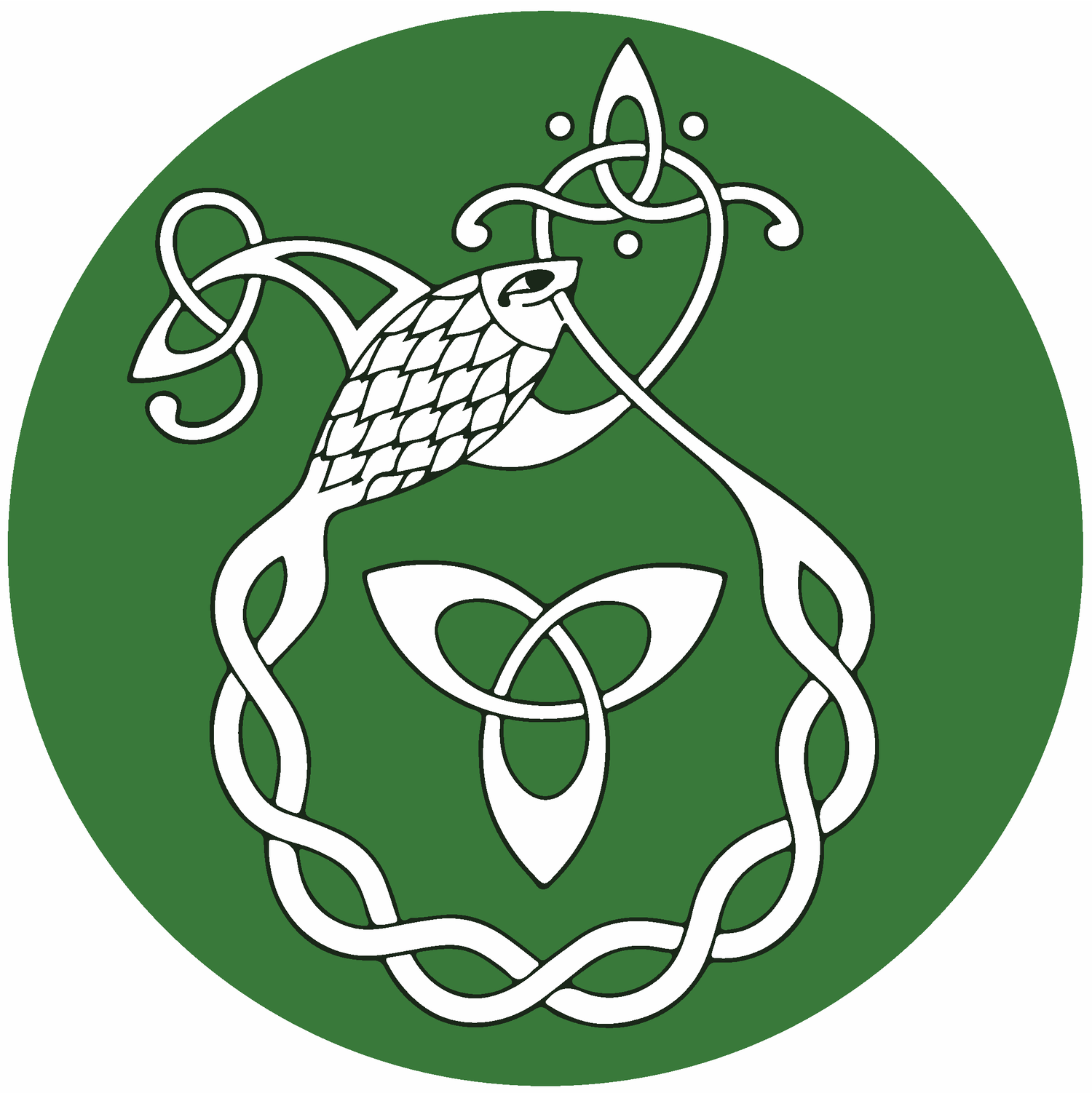Speed Curriculum 9: How?
How it Works
Gather Objects: Collect objects (e.g., ball, rock, book) as prompts.
Ask and Answer: Take turns asking and answering questions, using the shared vocabulary.
Keep It Quick: Maintain a fast pace for energy and focus.
Rotate Roles: Switch objects and roles and start another round.
Below are some recognized strategies for maximizing the speed, ease, and efficiency of language transfer. Techniques address a range of problems: they can help control the flow of information; modify the learning environment; decrease risk, anxiety, and distraction; increase comfort, speed, and enjoyment; and, perhaps most importantly, train learners to be teachers.
-
You actively look for chances to practice the language. You have conversations and play games to use the language in real-life situations.
-
A main part is asking questions like "Where is the X?" over and over. It helps you learn new words and how to make sentences. The questions get faster, so you have to answer quickly.
-
Language mentors are people who know the language well and help you learn. They give you feedback and support as you practice talking and using the language.
-
Circling means repeating a statement with some changes to help you understand the language better. It helps you see patterns and learn how sentences are put together.
-
Rather than revert to your native language, you can physically signal if you need help or don't understand something. The goal is to keep the immersion going as long as possible.
You also switch roles with others, taking turns as the speaker and the learner, so everyone gets a chance to practice.
How – Conas?
“How did that move?”
What you need
a rock or stone
a book
a pen
a penny
a stick
a shoe
Stór Focal - Vocabulary
Can – is féidir le...
Can’t – ní féidir le...
Fast – go luath
Slow – go mall
Happiness – áthas (ar) (eg. tá áthas orm)
Sorrow – brón (ar) (eg. tá brón orm)
Anger – fearg (ar) (eg. tá fearg orm)
Curiosity - fiosrach (eg. táim fiosrach)
Frustration - bamba (ar) (eg. tá bamba orm)
Excitement – ardú (ar) (eg. tá ardúorm)
Boredom – leamhthuirse (ar) (eg. tá leamhthuirse orm)
First – céad
Second – dara
Third – tríú
Fourth – ceithre
Fifth – cúigiú
Sixth – séú
Seventh – seachtú
Eight – ochtú
First – ar dtús
Next – ina dhiaidh sin
Final – sa dheireadh
Move – Bog (bogann)
Phrases to Use
Cén ceann a bhog ar dtús? What moved first?
Bhog an leabhar ar dtús. The book moved first.
Ar bhog sé go luath? Did it move quickly?
Níor bhog. Bhog sé go mall. No, it moved slowly.
Cad a bhog ina dhiaidh sin? What moved after that?
Bhog an bhróg ina dhiaidh sin. The shoe moved after that.
Ar bhog sí ar cúl na cloiche? Did it move behind the stone?
Níor bhog. Bhog sí os cionn an leabhair. No, it moved above the book.
